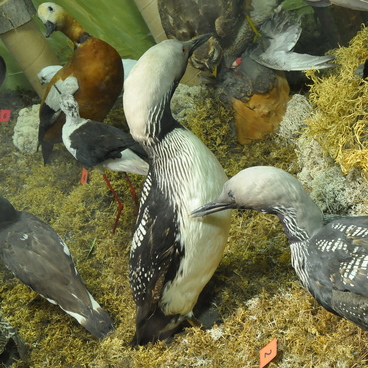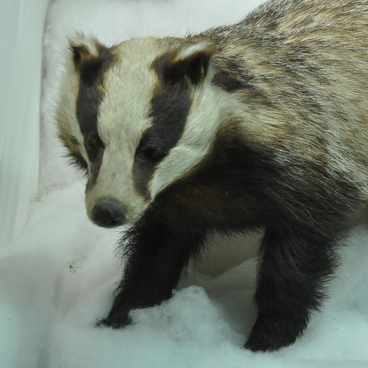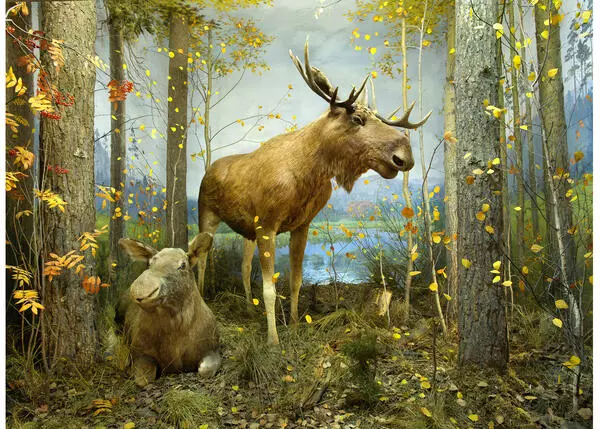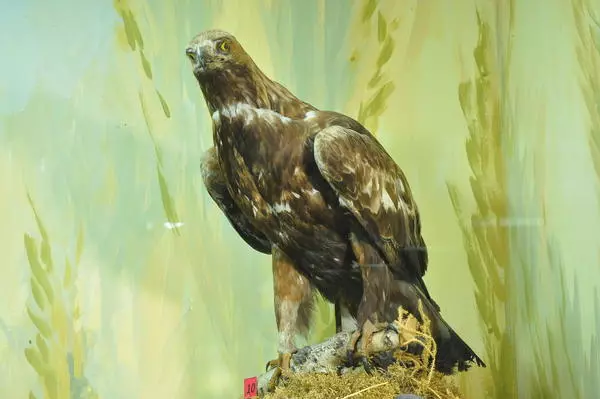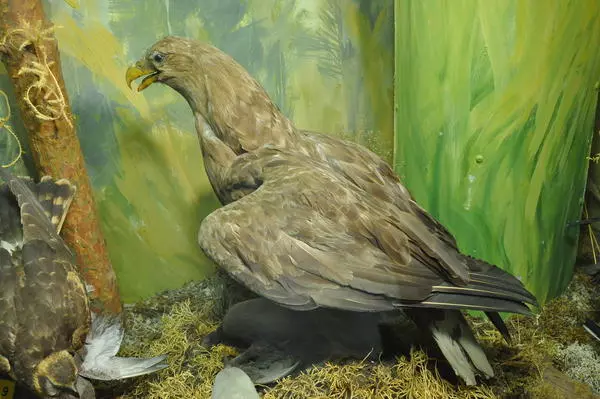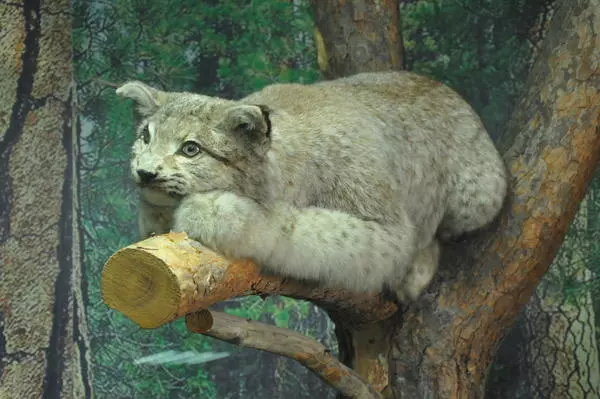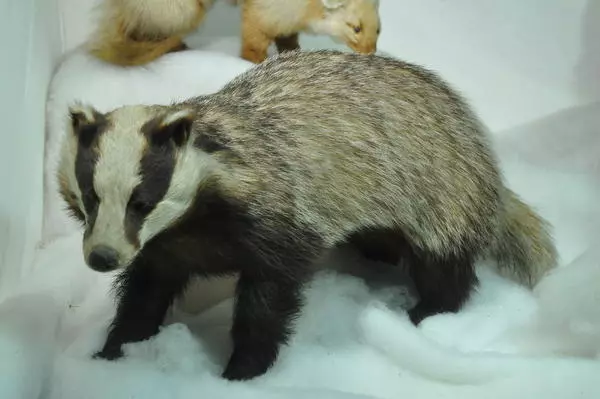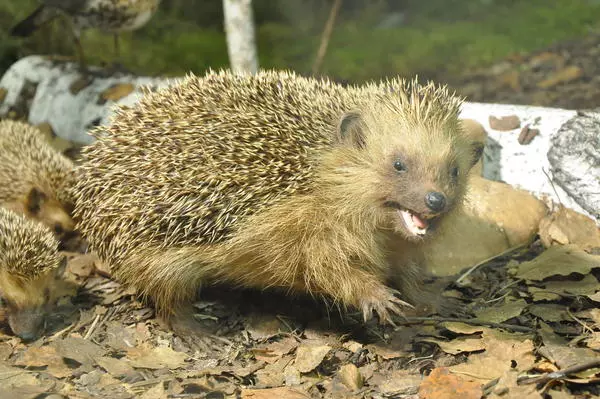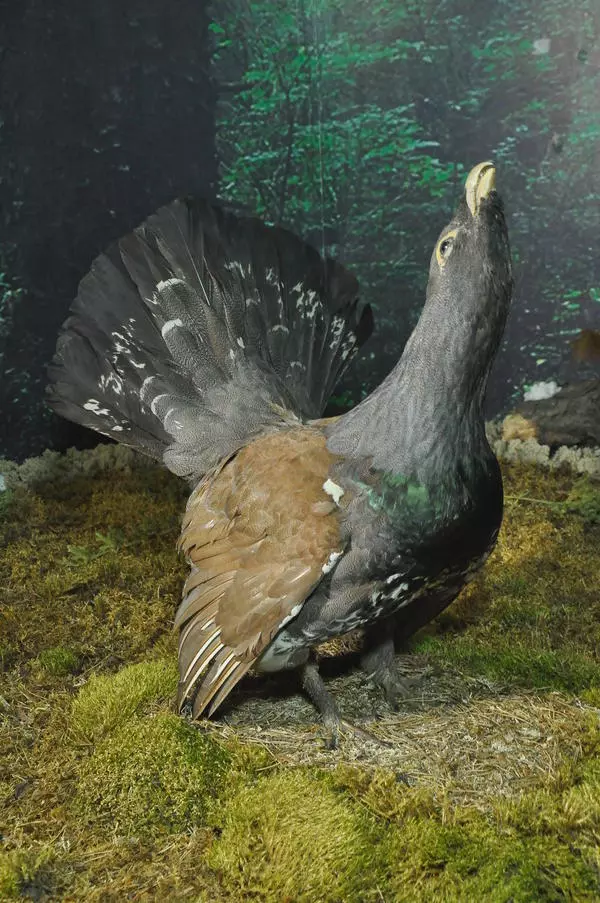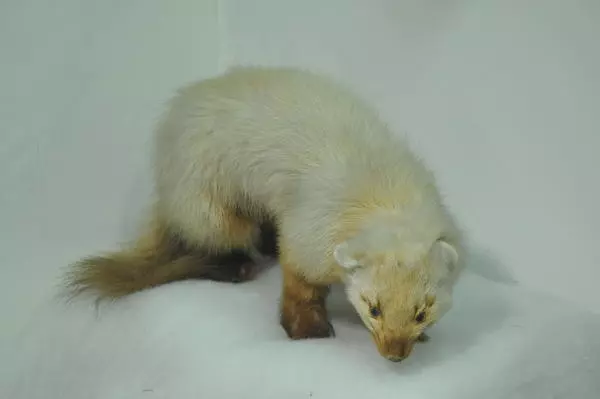The corsac fox (Vulpes corsac) is a carnivore that is part of the dog family (Canidae). The animal looks like a common red fox, but it is much smaller and has larger ears and longer limbs. It has light, grey-yellowish fur. During the winter, its coat becomes long and thick, while in summer it is short and clings to the body. Despite a modest size (only 50-60 cm in length), the corsac fox can boast of a long and bushy tail that reaches 40 cm in some animals. The tail does not differ in colour from the body fur, but it has a dark tip.
The corsac fox is more cautious than the common red fox, and it usually inhabits areas where it can avoid humans, i. e., semi-deserts, dry steppes, and foothills. Its diet consists of small rodents, less often birds, reptiles, and insects. The corsac fox often digs deep holes in the sand hunting for mole rats and lemmings.
Corsac foxes are nocturnal and solitary hunters. They have a good smell, vision, and hearing. When hunting, the animal walks or jogs slowly against the wind and attacks its prey as soon as it senses it. In case of danger, if there is no way to shelter, the corsac fox lies low pretending to be dead, but it runs away at the earliest opportunity.
This species makes the same sounds as Arctic foxes and red foxes, i. e., it barks, whines, yelps, yaps, and growls. Corsac foxes rarely dig their own dens and prefer to take over the burrows of other animals.
The major threat for the corsac fox is the wolf and red fox. Wolves often hunt for these animals, because despite their ability to reach a speed of 50 km per hour they get tired easily and slow down. On the other hand, corsac foxes often pick up the remains of other animals killed by wolves.
As corsac foxes have poor thermoregulation of their paws, they do not like to walk in deep snow. To escape from snowy winters, they can migrate travelling south for long distances.
The corsac fox needs little water to survive, and if food is scarce, it can scavenge for carrion and all kinds of refuse avoiding vegetable products. In winter, it becomes difficult to find food, and the corsac fox population can drop to a fraction of the original population. Tillage of virgin lands in many regions has led to the displacement of this species by the common red fox that survives better close to humans.
The corsac fox is more cautious than the common red fox, and it usually inhabits areas where it can avoid humans, i. e., semi-deserts, dry steppes, and foothills. Its diet consists of small rodents, less often birds, reptiles, and insects. The corsac fox often digs deep holes in the sand hunting for mole rats and lemmings.
Corsac foxes are nocturnal and solitary hunters. They have a good smell, vision, and hearing. When hunting, the animal walks or jogs slowly against the wind and attacks its prey as soon as it senses it. In case of danger, if there is no way to shelter, the corsac fox lies low pretending to be dead, but it runs away at the earliest opportunity.
This species makes the same sounds as Arctic foxes and red foxes, i. e., it barks, whines, yelps, yaps, and growls. Corsac foxes rarely dig their own dens and prefer to take over the burrows of other animals.
The major threat for the corsac fox is the wolf and red fox. Wolves often hunt for these animals, because despite their ability to reach a speed of 50 km per hour they get tired easily and slow down. On the other hand, corsac foxes often pick up the remains of other animals killed by wolves.
As corsac foxes have poor thermoregulation of their paws, they do not like to walk in deep snow. To escape from snowy winters, they can migrate travelling south for long distances.
The corsac fox needs little water to survive, and if food is scarce, it can scavenge for carrion and all kinds of refuse avoiding vegetable products. In winter, it becomes difficult to find food, and the corsac fox population can drop to a fraction of the original population. Tillage of virgin lands in many regions has led to the displacement of this species by the common red fox that survives better close to humans.

